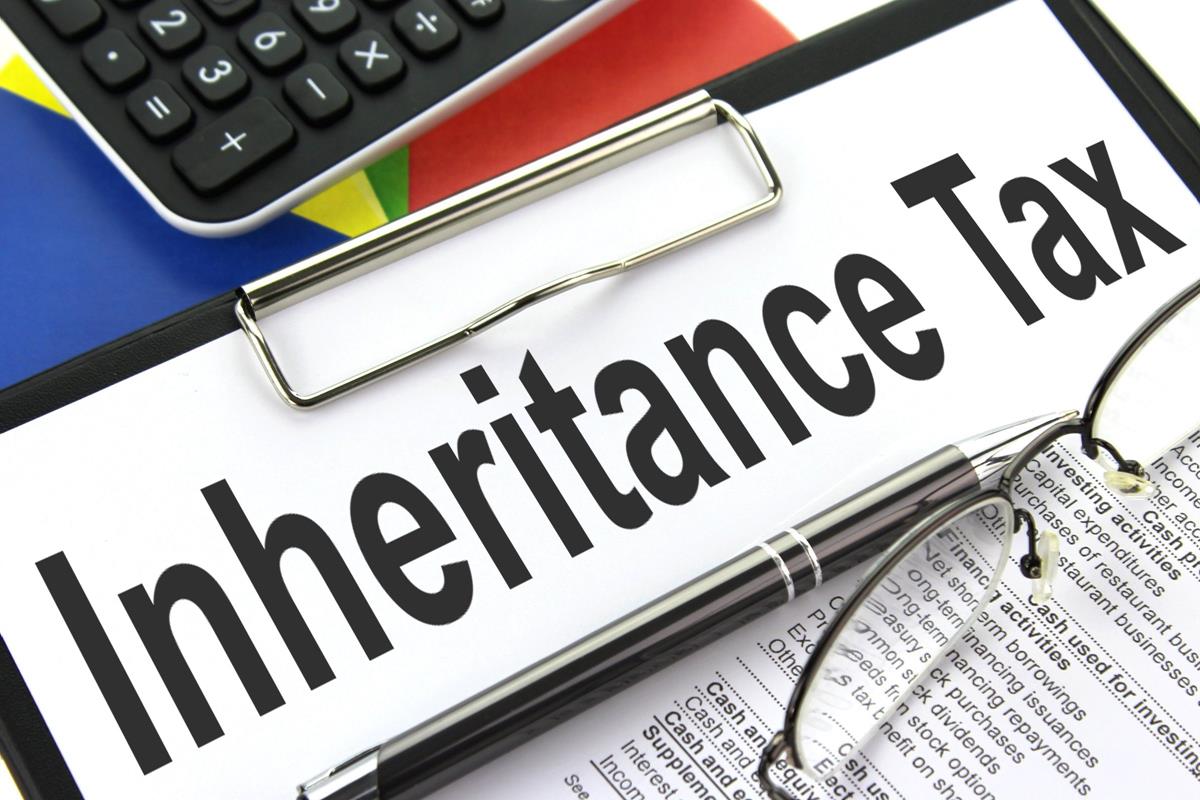Around 3.1 million pensioners could be brought into the higher or additional rate tax band by the 2027/28 tax year due to the Government’s frozen income tax thresholds, Quilter's analysis of freedom of information data from HMRC has revealed.
The analysis showed that 2.7 million people aged 60 and over will be brought into the higher rate of income tax in the tax years 2022/23 to 2027/28, while nearly half a million will be brought into the additional rate.
More than a third of those, around 1.3 million people, are 70 or over.
Quilter pointed out that population estimates from the Office for National Statistics showed there are 16.8 million people aged 60 and over living in the UK, meaning an additional one in five are expected to be taxed at the higher or additional rate of tax due to the Government’s frozen tax thresholds increasing tax by stealth.
The group also highlighted that not everyone aged 60 and over will be paying income tax, meaning the proportion of those who do pay income tax and are pulled into the higher and additional rates is likely to be even greater.
While the Chancellor has confirmed that tax increases are on the cards in October’s Budget, Quilter said that, given the Labour Government has promised not to change income tax rates, a decrease is unlikely, meaning more people will end up paying higher tax rates.
Quilter head of retirement policy, Jon Greer, said: “With the Labour Government’s first Budget now just over two months away, it is vital that people are managing their finances tax efficiently to help reduce their overall burden.
“Those nearing retirement or semi-retired and still working should look to maximise their pension contributions whenever possible. Pension contributions can sometimes help you avoid tipping over into a higher income tax bracket.
“They are especially beneficial for higher rate taxpayers, as you can currently receive up to 40% tax relief on your contribution but will often only pay the basic rate of 20% when you withdraw the money in the future.
“Pensions provide the most tax efficient way of saving for retirement, so it is important that people are aware of their annual allowance amount and that all who can afford to utilise it do so.
“For those who are already withdrawing from their pension, it is important to only take as much money as you need each tax year as the less you withdraw, the less income tax you will pay. Similarly, it is important to remember how much pension income you will have, including your state pension income as it is also taxable.”
Latest News
-
19 firms join forces to launch new retail investment campaign
-
Four in five bridging professionals confident about 2026 market outlook
-
FCA to press ahead with stablecoin payments next year
-
Titan Wealth acquires Morgans Ltd
-
Mortgage brokers playing ‘pivotal’ part in homebuying journey – Santander
-
Average mortgage rates fall to lowest levels since September 2022
NEW BUILD IN FOCUS - NEW EPISODE OF THE MORTGAGE INSIDER PODCAST, OUT NOW

Figures from the National House-Building Council saw Q1 2025 register a 36% increase in new homes built across the UK compared with the same period last year, representing a striking development for the first-time buyer market. But with the higher cost of building, ongoing planning challenges and new and changing regulations, how sustainable is this growth? And what does it mean for brokers?
The role of the bridging market and technology usage in the industry
Content editor, Dan McGrath, sat down with chief operating officer at Black & White Bridging, Damien Druce, and head of development finance at Empire Global Finance, Pete Williams, to explore the role of the bridging sector, the role of AI across the industry and how the property market has fared in the Labour Government’s first year in office.
Does the North-South divide still exist in the UK housing market?

What do the most expensive parts of the country reveal about shifting demand? And why is the Manchester housing market now outperforming many southern counterparts?
In this episode of the Barclays Mortgage Insider Podcast, host Phil Spencer is joined by Lucian Cook, Head of Research at Savills, and Ross Jones, founder of Home Financial and Evolve Commercial Finance, to explore how regional trends are redefining the UK housing, mortgage and buy-to-let markets.
In this episode of the Barclays Mortgage Insider Podcast, host Phil Spencer is joined by Lucian Cook, Head of Research at Savills, and Ross Jones, founder of Home Financial and Evolve Commercial Finance, to explore how regional trends are redefining the UK housing, mortgage and buy-to-let markets.
The new episode of The Mortgage Insider podcast, out now

Regional housing markets now matter more than ever. While London and the Southeast still tend to dominate the headlines from a house price and affordability perspective, much of the growth in rental yields and buyer demand is coming from other parts of the UK.
In this episode of the Barclays Mortgage Insider Podcast, host Phil Spencer is joined by Lucian Cook, Head of Research at Savills, and Ross Jones, founder of Home Financial and Evolve Commercial Finance.
In this episode of the Barclays Mortgage Insider Podcast, host Phil Spencer is joined by Lucian Cook, Head of Research at Savills, and Ross Jones, founder of Home Financial and Evolve Commercial Finance.
© 2019 Perspective Publishing Privacy & Cookies











Recent Stories